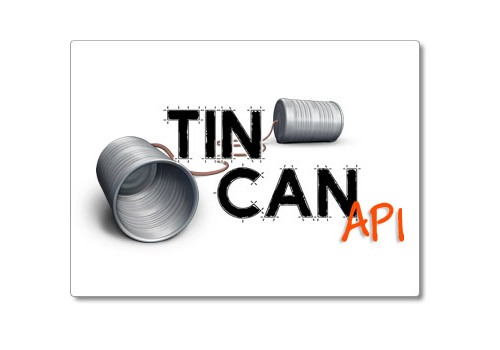How To Use Experience API
What’s the difference between Experience API and SCORM?
SCORM is a technical green light, that allows any SCORM LMS’ to play SCORM e-learning courses. It also does some high level tracking, such as time lapsed, score, completion rate, pass/ fail rate. It sounds quite basic, but it’s only in recent times that we have needed much more than that - we were still producing e-learning for one screen size and one device type just a few years ago.
Experience API (or Tin Can/ xAPI) is the new standard of tracking, which takes e-learning reporting from black and white to HD. Think tracking all devices, across an entire blend, tracking basically anything you need to. With experience API, we can build courses around the fact we want to track something, with so much more data available to help us determine the true effectiveness of a course. Experience API has the ability to inform strategic decisions and show us what people know (and more importantly, what they don’t), while transforming learning design.
Experience API tracking across devices
Unlike SCORM, experience API was designed with mobile in mind, making it easier than ever to track learning across all devices. It allows for a single learning activity to be tracked across multiple devices as standard, allowing you to see when learners switched from smartphone to desktop. Experience API allows us to think outside of the restraints we’ve become all the more used to with SCORM. There are many scenarios which require learners to visit physical locations; speak to real colleagues; scan equipment; capture photo and video and much more. Experience API is about capturing the whole experience.
Tracking activities with experience API
If you’re used to tracking SCORM, it’s difficult to imagine a world where reading an online article or chatting to a colleague can contribute to reporting. Of course, it’s obvious that learners will always take to the internet and those around them for support, but we are used to thinking in such a linear fashion that it’s refreshing to consider that we can analyze the full picture of learning and development.
Experience API reports in a similar fashion to a social site. Mike liked a picture, posted a link or retweeted a tweet. These streams tell a story of what we’ve been doing. When it comes to learning, the sequencing of events can be really interesting. For example, if you see that a lot of learners are failing, speaking to a colleague, watching a YouTube video and then passing, you can begin to see exactly how staff are working to improve their performance.
Learning analytics
There are a lot of reasons why organizations are yet to make the jump to experience API, but while we’re awaiting mass uptake, learning analytics remain a fairly overlooked aspect of learning technologies. Experience API gives us so much data that we can not only begin to easily understand the effectiveness of a course, but we can use it to focus future initiatives. This can mark the end of a course for the sake of a course - using data effectively allows us to target and then retarget weaknesses.
It’s great to consider that experience API will allow us to fully understand the 70% of learning which takes place outside of formal learning environments. Of course, there’s still a clear role of the course and the LMS, but in order to stay relevant, both must become a part in the larger learning network - we can’t provide better learning and development by simply building more and more courses and adding them to a library.
Experience API on the ground
As demand for experience API grows, so will the demand for truly multi-device courses and native apps, as more complex interactions are tracked to benefit personal development. Highly customized reporting will require the input of a developer to build tracking and reporting tools, but you’re not going to want people taking pictures, tweeting and wandering around with every course.
The latest version of gomo authoring tool outputs multi-device, experience API ready learning content, whilst gomo hosting & analytics allows you to analyze it’s effectiveness through a real-time dashboard. gomo hosting & analytics is set to launch very soon, so why not register your interest today to be the first to know about our innovative new product.








